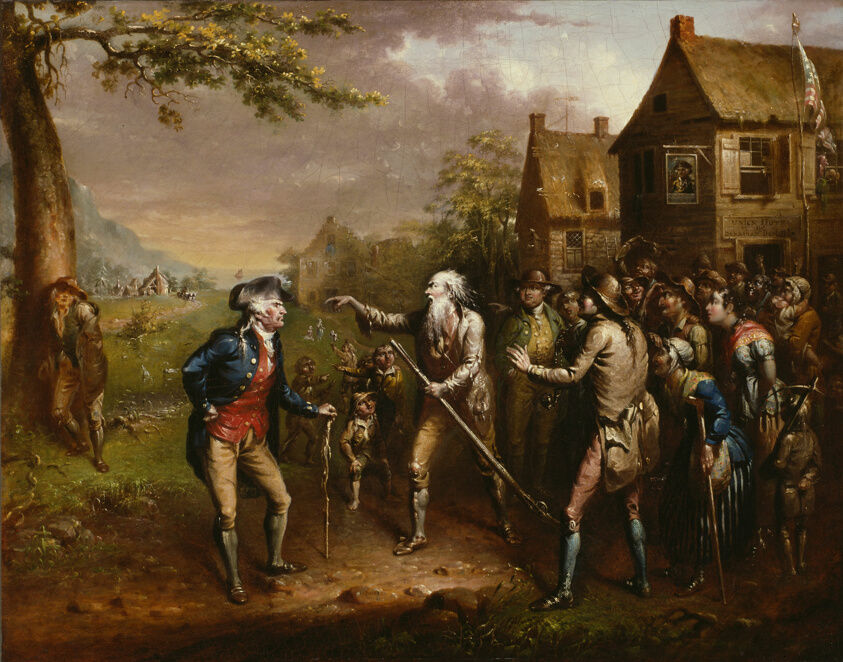When Louis-Antoine Jullien Came to America
- Eduardo Montes-Bradley

- Nov 2
- 2 min read
He Brought Fireworks—and Left a Spark
In the middle of the nineteenth century, an extravagant Frenchman arrived in New York with a gold-tipped baton and a sense of theater that the concert stage had never seen. His name was Louis-Antoine Jullien, and long before Liberace—or anyone who understood that art and spectacle could share the same stage—there was Jullien.

He conducted as if possessed, turning orchestral performance into performance art. He wore white gloves, waved to his audience like an emperor, and surrounded himself with military bands, choral forces, and cannon fire. A critic once wrote that Jullien could “charm the public with a pirouette and a fortissimo.” What might have been dismissed as vanity was, in truth, a calculated revolution: Jullien believed music should belong to everyone, not just the drawing rooms of the elite.
A Mission in the New World
When he set foot in America in 1853, Jullien came not only to entertain but to inspire. He saw in the young republic an untapped creative potential, a nation ready to find its own voice. His concert tours were thunderous events, filling New York’s halls with brass, drums, and audiences eager for a taste of European brilliance spiced with showmanship. Yet behind the spectacle lay a serious purpose. Jullien urged American musicians to move beyond imitation—to compose works that could stand proudly beside those of Europe.
Louis-Antoine Jullien died forgotten, his fortune gone and his reputation eclipsed by the very idea he had championed: that music should evolve, and new voices should rise. Yet each time an orchestra premieres a work by an American composer, there’s an echo of that flamboyant Frenchman who once waved a golden baton and dared a young nation to find its song.
Bristow and the “Jullien Symphony”
One of those who listened was George Frederick Bristow, a young violinist and composer from Brooklyn. At that time, American orchestras mostly performed imported music, and native composers were seldom taken seriously. When Jullien announced his plan to commission an original work from an American, Bristow seized the opportunity.
The result was the Symphony in E-flat Major, soon known as the Jullien Symphony. Jullien premiered it in New York with his touring orchestra—a landmark moment in American music. For the first time, a European maestro of international reputation had placed his faith in an American composer and given his work a full professional presentation.
Critics were divided, as critics tend to be, but the symbolism was powerful. Jullien’s endorsement told audiences that American music deserved to be heard on its own terms.
Legacy of a Showman
Jullien’s American adventure ended in bankruptcy and scandal, but his influence endured. He showed that artistry and flamboyance need not cancel each other out—that one could wear a jeweled baton and still advance the cause of serious music. He cracked open a door through which later visionaries—Bernstein, Stokowski, even Liberace in his own dazzling way—would walk.
As for Bristow, the commission gave him confidence and standing, shaping a career devoted to proving that symphonic art could flourish on American soil. His Jullien Symphony remains a bold early step toward a national sound.









Comments